What to expect
After your robotic hysterectomy
After your robotic hysterectomy
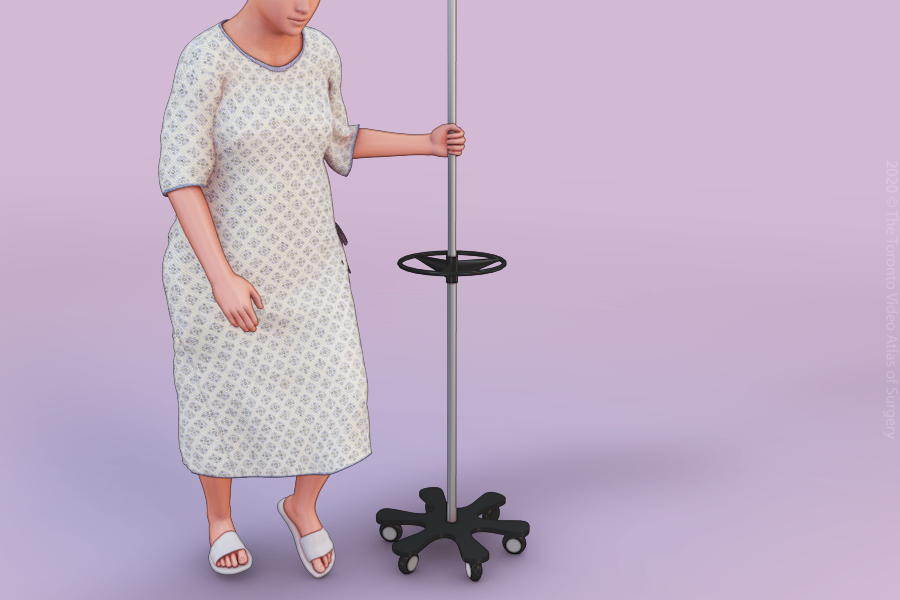

After your surgery, you will be transferred to the recovery room and monitored closely as your medications wear off.

You will be encouraged to drink fluids and walk as soon as you feel ready. Moving around and changing your position is very important after surgery. Movement can decrease discomfort, and improve circulation to reduce the risk of blood clots. If you use a cane, walker, or wheelchair to mobilize at home, we encourage you to bring your mobility aid to use in hospital.

You can start eating solid foods following your surgery if you are feeling well. Begin with small, light meals and gradually progress to larger ones. Your body needs time to adjust after surgery. Some patients will experience nausea/vomiting after surgery. While there are medications to help with this, you should avoid eating until this improves.

Usually, you will be admitted overnight. The catheter may be removed later that night or the next morning.
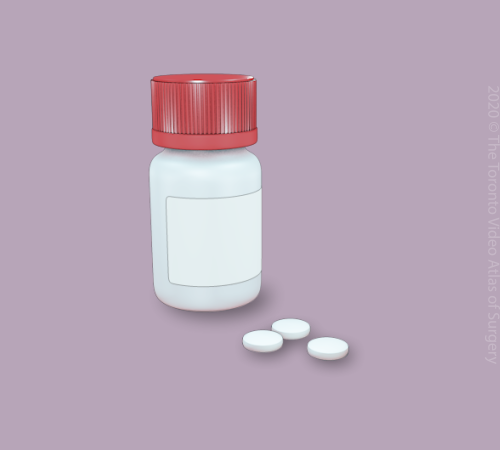

Managing pain is an important part of a smoother recovery.

Non prescription pain medication like Acetaminophen (Tylenol), Ibuprofen (Advil), and Naproxen (Aleve) are usually enough for good pain control. Sometimes you will be given a prescription for stronger pain medication such as morphine or hydromorphone.

Don't hesitate to ask for pain relief when you need it. Waiting until the pain becomes severe can make it more challenging to manage. Your healthcare providers are there to help you stay comfortable.
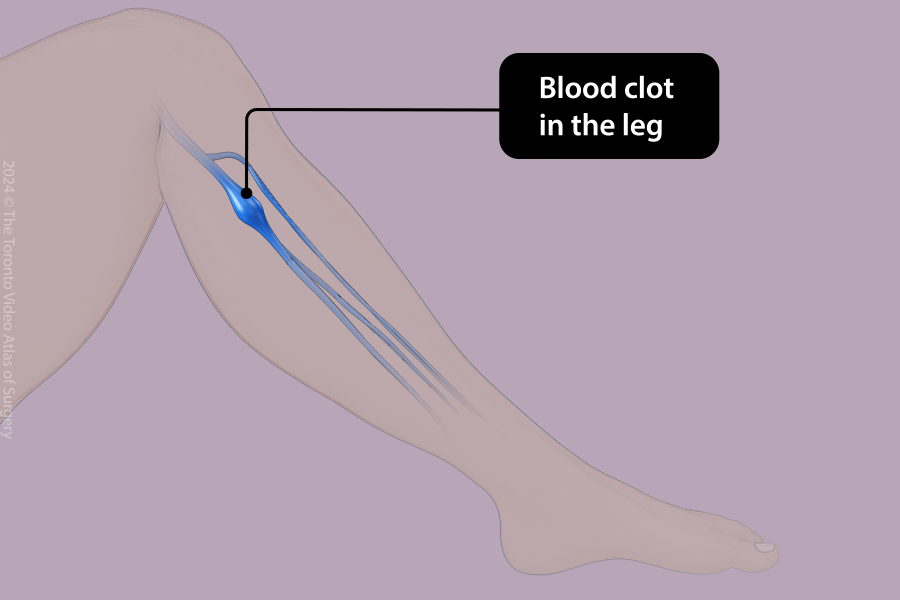

Some patients may be at higher risk of developing a blood clot in their legs or lungs following surgery.

A blood clot in your lung is called a pulmonary embolism (PE). Symptoms of PE include chest pain, lightheadedness, and difficulty breathing.

A blood clot in your leg is called a deep vein thrombosis (DVT). Symptoms of DVT are calf pain, swelling, redness, or warmth.

You may be given an injected blood thinner (anticoagulant) to help reduce the risk of developing blood clots while in the hospital.

A blood thinner may be recommended for 4 weeks after surgery that can be taken as either a daily injection or pill. Your surgical team will determine which is best for you.
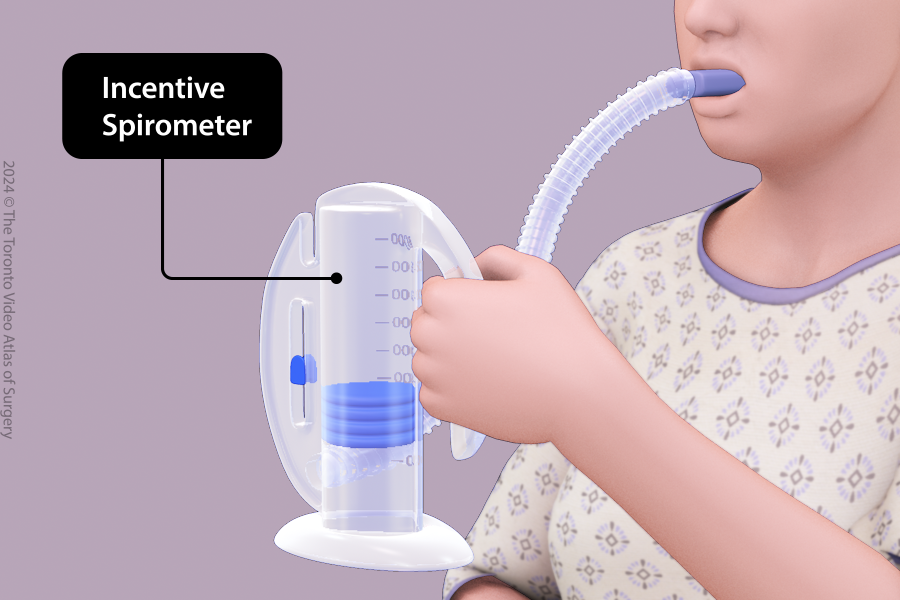

As you recover from surgery, it’s important to keep your lungs healthy and prevent complications like pneumonia. Using a breathing device (incentive spirometer), in hospital and at home, can help you to take deep breaths.

You should try to take 10 breaths every 1-2 hours for 1 week after surgery.

Click here for a video that teaches you how to use the incentive spirometer.
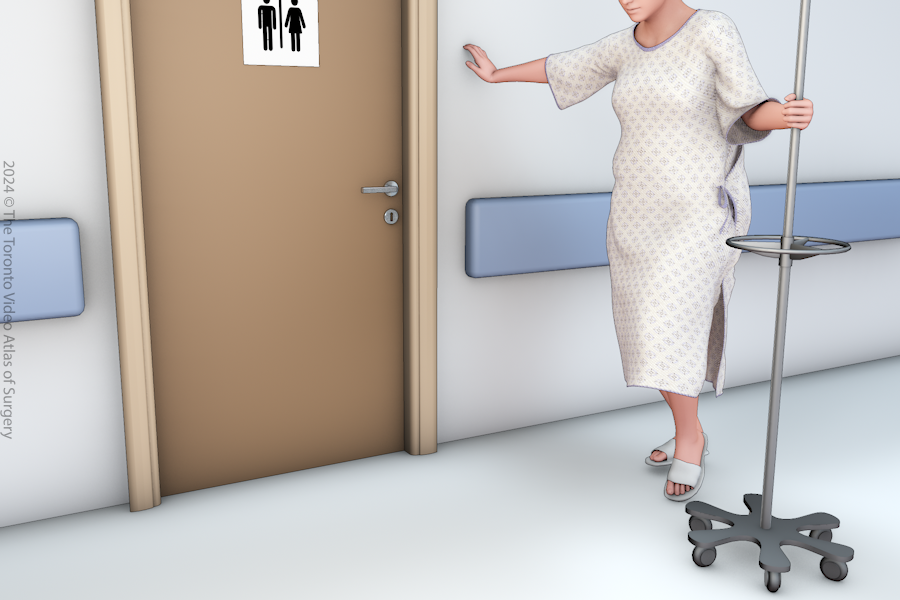

Passing gas
You can expect to pass gas within 1-2 days after a robotic hysterectomy. Passing gas helps relieve any built-up air in your bowels and is a good sign that your digestive system is working.

Bowel movement
It can take up to a few days to have a bowel movement because of the anesthesia, pain medications, and decreased activity.

To help your bowels get started:
- Get out of bed and walk around.
- Chew gum shortly after surgery.
- Eat small meals as soon as you are able to.
- Drink black coffee or tea.
- Take a stool softener (prescribed in hospital and when you go home).


You will likely be discharged within 24 hours of surgery as long as you meet the following criteria:
- Your pain is controlled on oral medications.
- You can eat/drink without nausea or vomiting.
- You can walk around comfortably.
- You can pee.
- The team has no medical concerns to suggest a complication.

You will get a prescription that includes pain medications, a stool softener, and maybe a blood thinner.

You will generally need someone to accompany you home from the hospital.